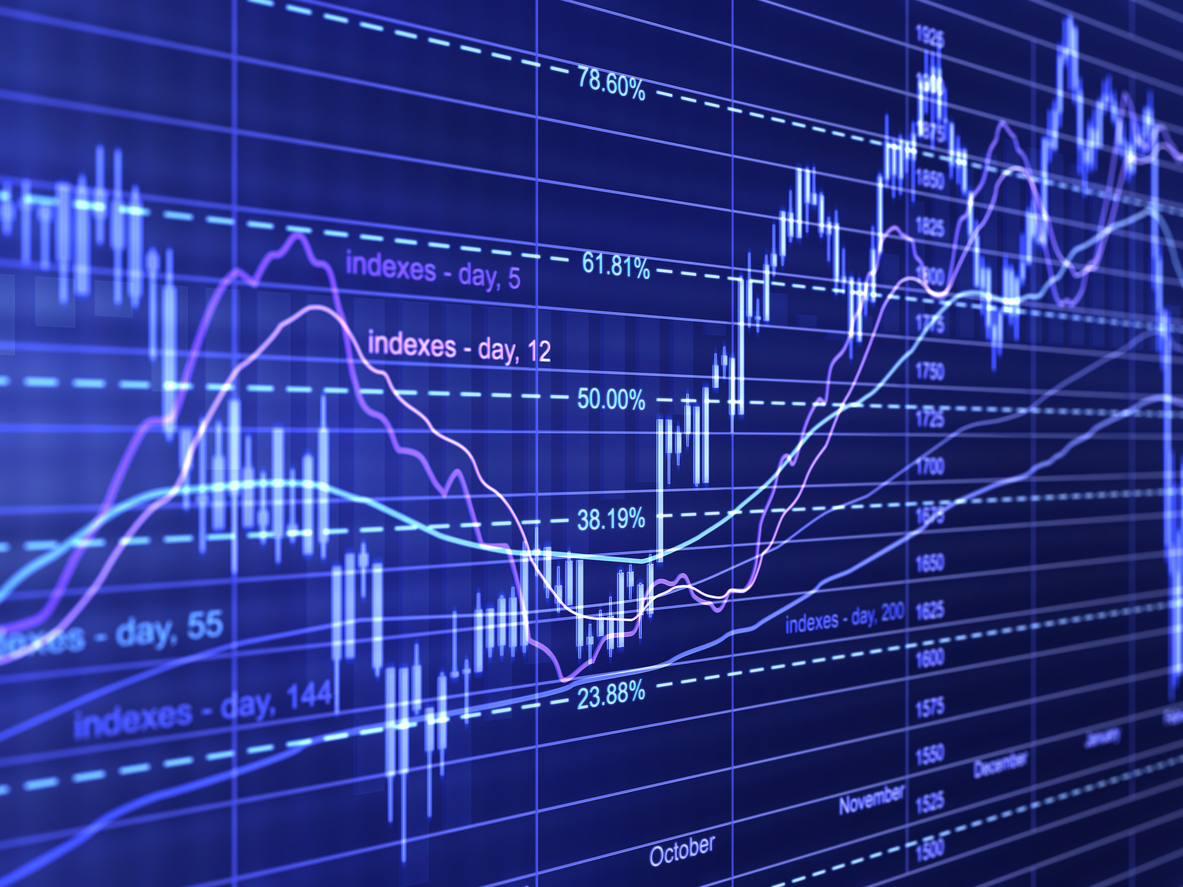As 2026 approaches, traders and analysts around the world are carefully watching how the global forex market will evolve. EquityGates analysts have shared their insights on what factors could shape currency movements and market sentiment in the coming year. Though the outlook is uncertain, several major themes stand out: global interest rate changes, geopolitical shifts, and the growing role of digital assets in global finance.
Global interest rates and inflation trends
One of the key talking points for 2026 is how central banks will manage interest rates after several years of economic adjustments. Analysts at eqgates.com note that inflation has eased in some regions, but it continues to pressure others, forcing different monetary policies across countries.
For example, the U.S. Federal Reserve may keep interest rates higher for longer, and European and Asian economies might adopt a more flexible approach. These differences can create strong movements in forex pairs like EUR/USD or USD/JPY, as traders respond to changing rate expectations.
Additionally, developing economies could face challenges if borrowing costs remain high. This may impact emerging market currencies, leading to higher volatility but also creating opportunities for short-term market reactions.
Geopolitics and market confidence
Aside from interest rates, political and trade developments are central to how currencies behave. According to analysts, elections in major economies, ongoing trade negotiations, and regional conflicts could all play a role in determining investor confidence.
When confidence drops, traders turn to so-called safe-haven currencies like the U.S. dollar, Japanese yen, or Swiss franc. On the other hand, when markets are calm and growth appears stable, investors tend to move back to riskier assets and currencies.
2026 may see further adjustments in supply chains and international partnerships because governments aim to strengthen local industries. These moves can directly affect currency flows, especially for countries with strong export sectors.
Technology, digital assets, and forex innovation
The rise of technology in trading is changing how forex markets operate. Algorithmic systems, AI-powered analytics, and mobile trading apps are becoming more common among institutional and retail participants.
Experts observe that traders now rely more on real-time data and automated systems to track price changes and identify trends. This shift has improved efficiency but also increased the pace of market reactions, making volatility more sudden when key economic data is released.
Another trend gaining attention is the integration of digital currencies and central bank digital assets (CBDCs) into the global system. When countries explore new ways to issue and regulate digital money, traditional forex markets could face structural changes. This transition is still in its early stages, but it may redefine how people trade and transfer value internationally.
The year 2026 is expected to bring uncertainty and progress for the forex world. Economic recovery in some regions, technological evolution, and new global policies could affect the landscape in unpredictable ways.
EquityGates suggests that traders and investors should always be observant of how global data, political changes, and innovation trends interact to influence market direction.



 Bitcoin
Bitcoin  Ethereum
Ethereum  Tether
Tether  XRP
XRP  USDC
USDC  Lido Staked Ether
Lido Staked Ether  TRON
TRON  Cardano
Cardano  Avalanche
Avalanche  Toncoin
Toncoin  Solana
Solana